In this kit:
- Book Summary Page (Online & Printable Kit)
- Main Characters Page (Online & Printable Kit)
- Discussion Questions Page (Online & Printable Kit)
- Book Quotes Page (Online & Printable Kit)
- Icebreaker Game: Name Change (Printable kit only)
- Icebreaker Game: We're in Trouble Now (Printable kit only)
- The Music of James (Printable kit only)
- Music Playlist (Printable kit only)
- About the Author Page (Online & Printable Kit)
- Historical Facts Surrounding this Book (Online & Printable Kit)
- List of Podcasts and Videos about this Book (Online only)
- Meeting Decoration Ideas (Online & Printable Kit)
- Meeting Decorations Printable Images (Printable kit only)
- Meeting Menu Ideas (Online & Printable Kit)
- Meeting Food Recipes (Printable kit only)
- Bookmarks for James (Printable kit only)
- Bookmarks for Readers With Wrinkles (Printable kit only)

James by Percival Everett is a profound and radical retelling of Mark Twain's The Adventures of Huckleberry Finn, shifting the narrative focus to Jim—the enslaved Black man—who Everett renames James and reimagines as a complex, literate, and deeply reflective protagonist.

James learns he is about to be sold away from his wife and daughter, which propels him to run away in a desperate bid to secure freedom for himself and his family. Along the way, he crosses paths with Huckleberry Finn, who has also fled his abusive father. While Huck views their journey down the Mississippi River as an adventure, James experiences it as a perilous, life-or-death struggle for survival and dignity.
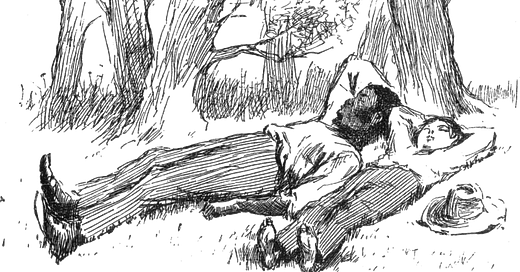
James is portrayed as intelligent and self-aware, having secretly learned to read and write by studying in a judge’s library. He engages in internal dialogues with Enlightenment philosophers like Rousseau, Voltaire, and John Locke, critically examining the hypocrisy of slavery and white America’s moral contradictions. Unlike Twain’s original depiction of Jim as a naïve and loyal companion, Everett’s James is a shrewd critic of his captivity and a man with agency, intellect, and a fierce determination to protect his family and reclaim his humanity.
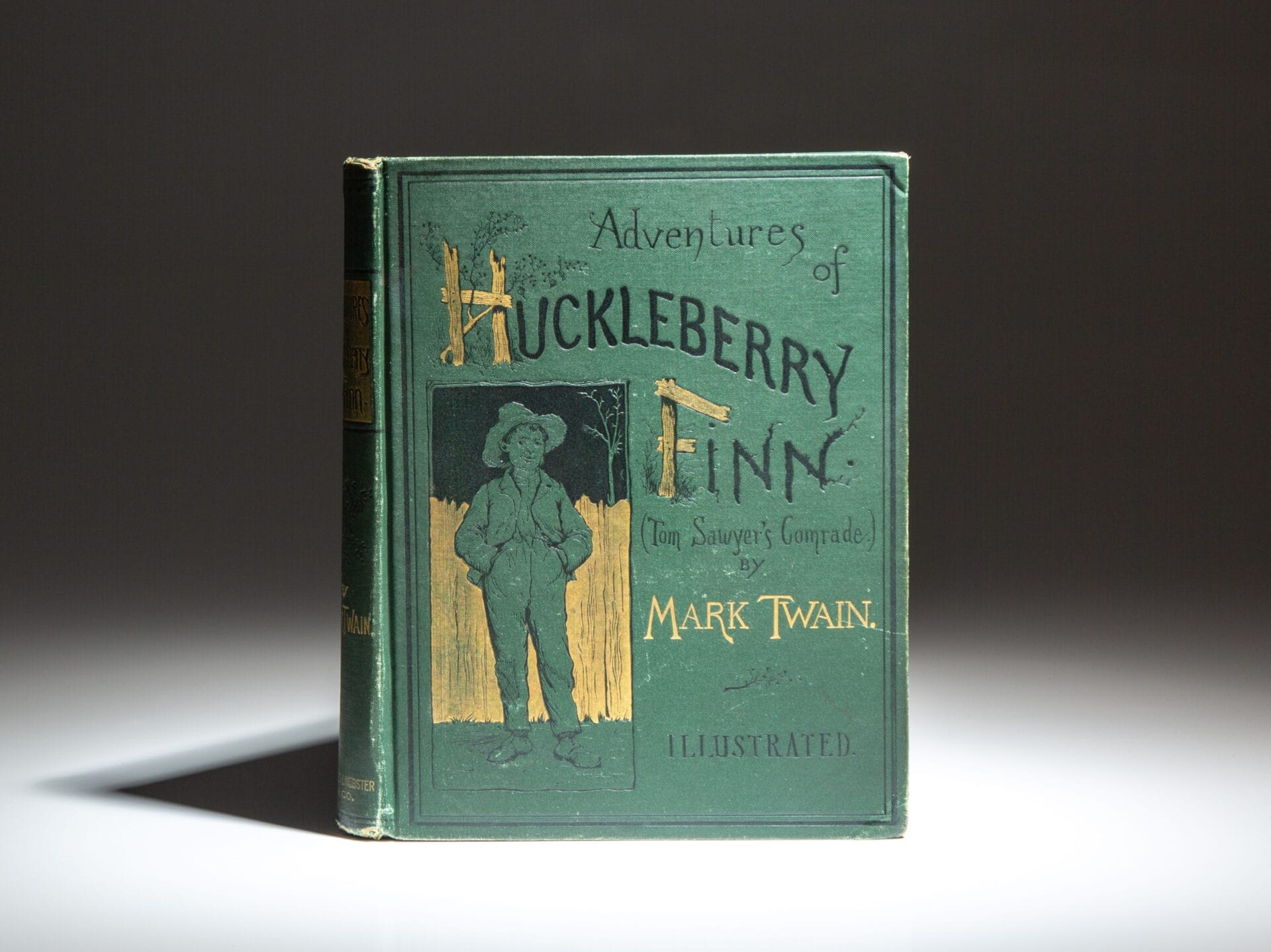
The novel follows some key plot points from Twain’s original, such as Jim and Huck’s escape and river journey, but Everett’s narrative diverges significantly, presenting a darker, more brutal, and realistic portrayal of slavery’s horrors. James faces physical violence, emotional trauma, and the constant threat of being captured or killed. The story includes encounters with slavers, con artists, and white men performing in minstrel shows, highlighting the pervasive racism and danger James must navigate.
James’s relationship with Huck is complex and often tense, reflecting the racial dynamics and differing perspectives of the two characters. James shows a paternal protectiveness toward Huck, who struggles to fully grasp the gravity of James’s situation. This dynamic leads to meaningful conversations and moments of connection but also illustrates the deep divide in their experiences.
The novel culminates in dramatic events, including escapes, betrayals, and a riverboat explosion, with James emerging as a figure of resilience and legend. He takes lives, liberates fellow slaves, and ignites resistance, transforming from a sidekick in the original tale into a heroic and self-determined figure.

Everett’s James is a sharp critique of racial hypocrisy and the enduring legacy of slavery in America. It exposes the brutality and moral contradictions of the antebellum South while reclaiming the narrative voice for Black characters historically marginalized or silenced. The novel blends dark humor, philosophical reflection, and harrowing realism, challenging readers to reconsider familiar stories from a new, necessary perspective.
Writing and literacy are central motifs, symbolizing James’s empowerment and resistance. By telling his own story in his own words, James transcends the role of a passive victim and asserts his identity as a man with agency and intellect.
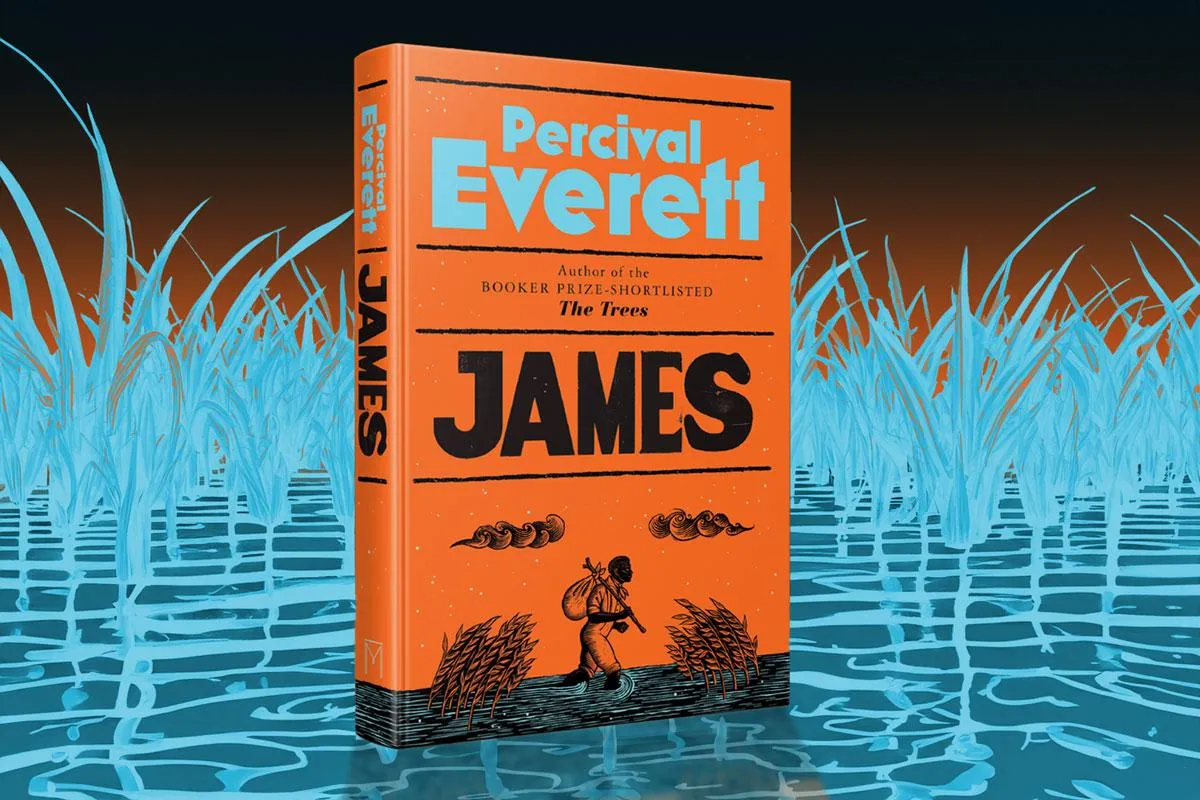
James is a powerful and unsettling reimagining of a classic American story, illuminating the experience of slavery with nuance, depth, and unflinching honesty. It reclaims Jim’s humanity and voice, transforming him from a side character into a fully realized protagonist whose journey confronts the brutal realities of race, freedom, and survival in 19th-century America. The novel has been widely praised for its vivid characterization, philosophical depth, and challenge to the sentimentalism of the original tale.

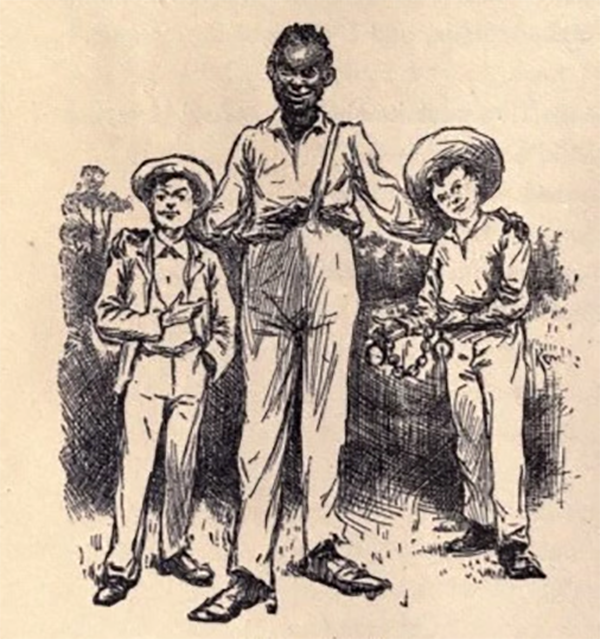
James (Jim)
The protagonist and first-person narrator, James, is an approximately 27-year-old enslaved man in Hannibal, Missouri, owned by Miss Watson. Unlike his depiction in Twain's The Adventures of Huckleberry Finn, Everett's James is deeply intelligent, literate, and strategic, carefully performing the role expected of him by white society as a means of survival. His central motivation is to escape slavery and reunite with his wife, Sadie, and daughter, Lizzie.
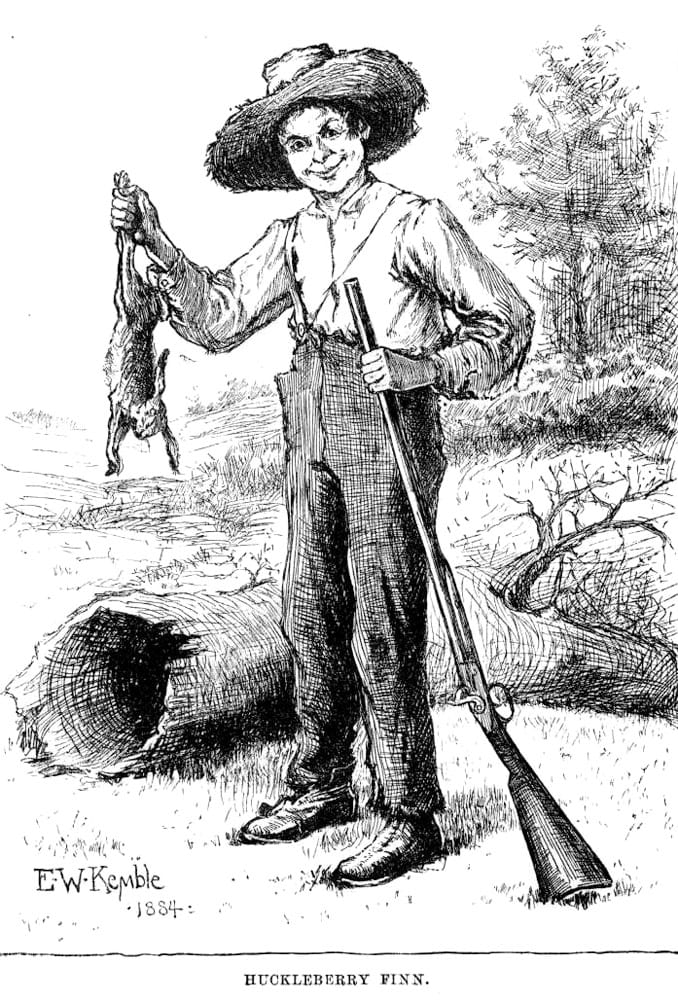
Huckleberry Finn (Huck)
A young, rebellious white boy who flees his abusive father. Huck and James form a close, complex bond as they journey down the Mississippi River. Huck's perspective on race and morality evolves through his friendship with James, and in Everett's retelling, their relationship is more nuanced and reciprocal than in Twain's original.
Sadie
James's wife, also enslaved. Her threatened separation from James is a key motivator for his escape and ongoing quest for freedom.
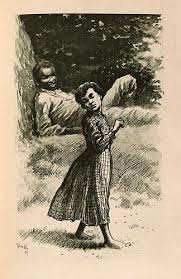
Lizzie (Elizabeth)
James's young daughter is central to his decisions and emotional journey, as her safety and future are of utmost importance.
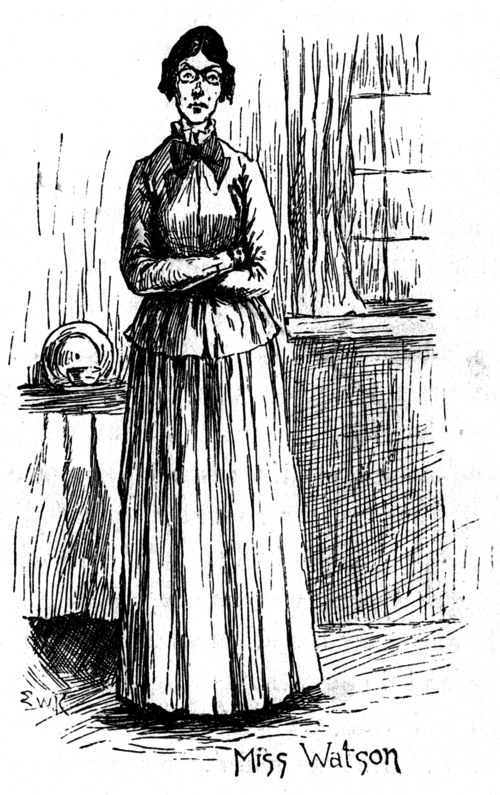
Miss Watson
The white woman who is the owner of James and his family. Her plan to sell James triggers his flight and sets the novel's events in motion.
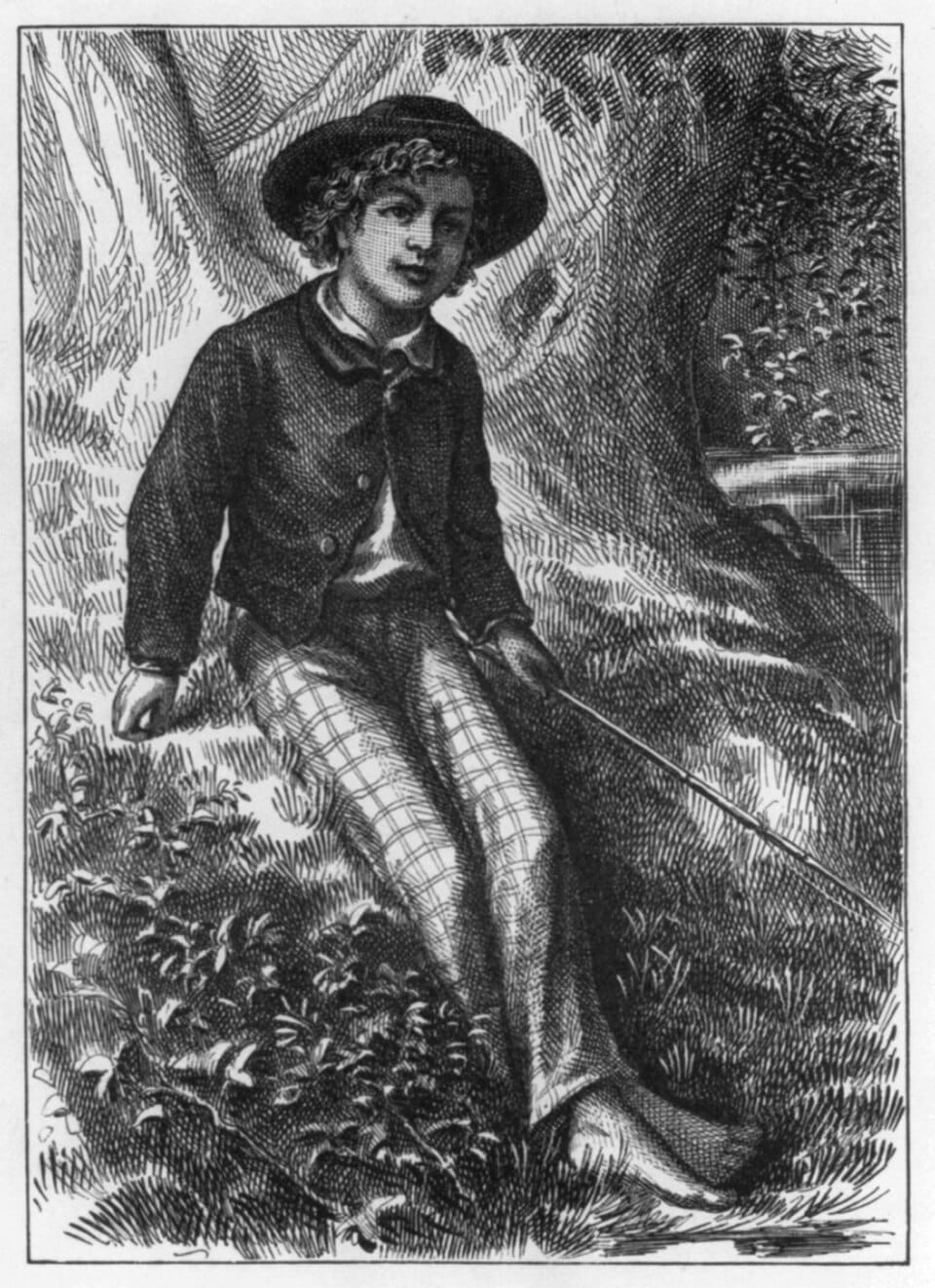
Tom Sawyer
Huck's friend, a mischievous white boy from Hannibal. While not as central as Huck, Tom features in the early part of the novel, echoing his role in Twain's story.

The King and the Duke
Two white conmen who join James and Huck for part of their journey. They are opportunistic, manipulative, and ultimately betray James by attempting to sell him. Their presence intensifies the dangers James faces and offers a critical lens on white duplicity.
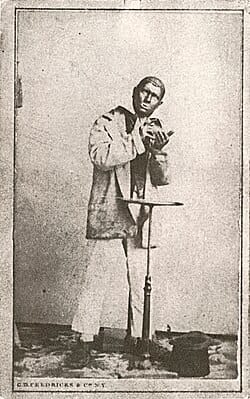
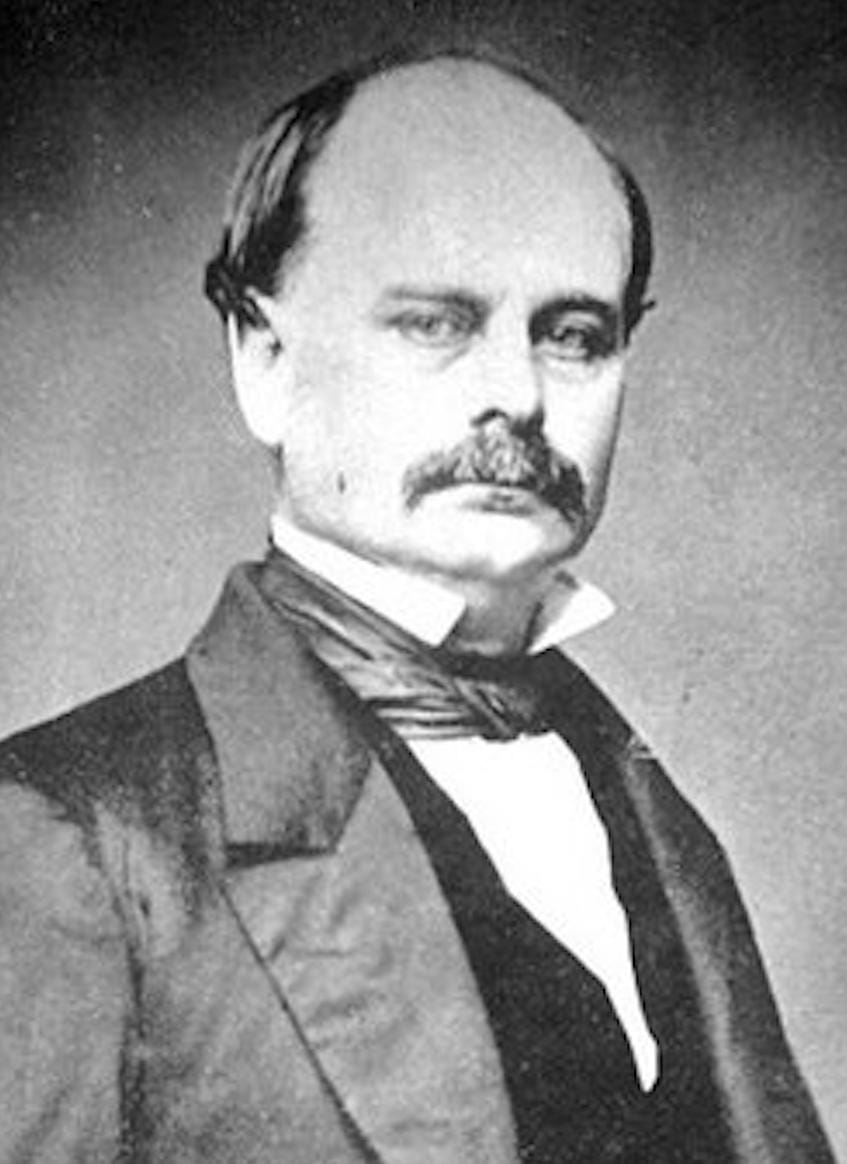
Daniel Decatur Emmett
He is a genuine historical figure who serves as the leader of a minstrel troupe. He purchases James to perform in his show, exploiting him under the guise of egalitarianism. Emmett's songbook becomes a symbol of James's quest for self-expression and narrative control.
Norman
A light-skinned man of Black heritage who passes as white. Norman helps James escape from Emmett's troupe and becomes a close ally, illustrating the complexities of racial identity and passing in antebellum America.
Other Enslaved Characters
The novel also features several other enslaved individuals who interact with James, including
- Old Luke, Doris, and Albert: Enslaved men in Hannibal.
- Josiah, Old George, Young George, and Pierre: Enslaved men James meets after being separated from Huck.
- Katie and Cotton: Enslaved couple on Miss Watson’s property.
- Sammy: A young enslaved girl who escapes with James and Norman but is tragically killed.

These questions are designed to spark meaningful and wide-ranging discussion about James, its relationship to Twain’s work, and its profound engagement with history, language, and identity.
- Reimagining a Classic
Have you read The Adventures of Huckleberry Finn before? How does Everett subvert or challenge Twain’s original text? Did this reimagination change your perspective on the original novel or its characters? - Satire and Humor
Twain is known for his satire. Where does Everett use humor and satire in James? What social or cultural issues does the novel’s satire critique? - Language and Code-Switching
Reflect on Jim’s (James’s) narration. Why does he switch between vernacular and standardized English? How did this code-switching affect your reading experience? What does the novel suggest about language as a tool for survival and resistance? - The Relationship Between James and Huck
How do James’s fugitive status, as well as race, class, age, and education, shape his relationship with Huck? Can these two truly be friends, given the circumstances of enslavement? - The Brutalities of Slavery
James depicts the violence inflicted upon enslaved women and girls. What unique threats do characters like Sadie, Lizzie, Sammy, and Katie face? How does James react to the gendered violence he encounters? - The Performance of Race
Discuss the novel’s exploration of blackface minstrelsy, racial passing, and the idea that all characters are “performers” of race. How does this complicate or undermine racial classification? - Literacy and Storytelling
James’s quest for freedom parallels his quest for literacy. What are the key moments on his journey to writing his story? Who encourages him, and what does writing mean to him? - Historical and Philosophical References
The novel references figures like William Wells Brown, Daniel Decatur Emmett, John Locke, Rousseau, and Voltaire. How do these references influence your understanding of the historical period and James’s intellectual world? - Religion and Superstition
How are religion and superstition portrayed in the novel? What roles do they play for enslaved characters and their communities? - The Mississippi River
The river is central to the story. What symbolic or practical roles does the Mississippi River play in the novel? How does it shape the characters’ journeys and the broader political landscape? - Identity and Naming
Reflect on the significance of Jim renaming himself James. What does this change represent for the character and the novel’s themes? - The Power of Objects
Discuss the significance of the pencil with James. What does it represent, and how does it connect to his sense of agency and hope? - Surprising Revelations
Were you surprised by James’s revelation in chapter one of part three? Can you identify any foreshadowing? How does Huck react, and how did this affect your understanding of their relationship? - Affirming Humanity
James features an ensemble of fugitive and enslaved characters. How does Everett affirm their humanity? Was there one character whose story resonated with you? - The Ending
What was your reaction to the novel’s ending? Did you find it satisfying? How does it compare to Twain’s original ending, and what do you think the future holds for James and his family? - Thematic Connections
Of the novel’s many themes—freedom, agency, identity, friendship, and resistance— which resonated most strongly with you, and why? - Everett’s Purpose
What are your thoughts on why Percival Everett wrote this story? What is the most important message or contribution of James? - Literary Conversation
Everett has said he views James as a “conversation” with Twain rather than a corrective. In what ways does James engage with, challenge, or reframe Twain’s classic work? - Modern Relevance
How does James speak to contemporary issues of race, justice, and storytelling? Do you think it’s important for classic stories to be retold from new perspectives? - Book Banning and Controversy
What is your position on book banning, especially regarding works like Huckleberry Finn and James? Can “problematic” books still teach us something valuable? - Bonus Question
Who do you think should play James in the upcoming movie?

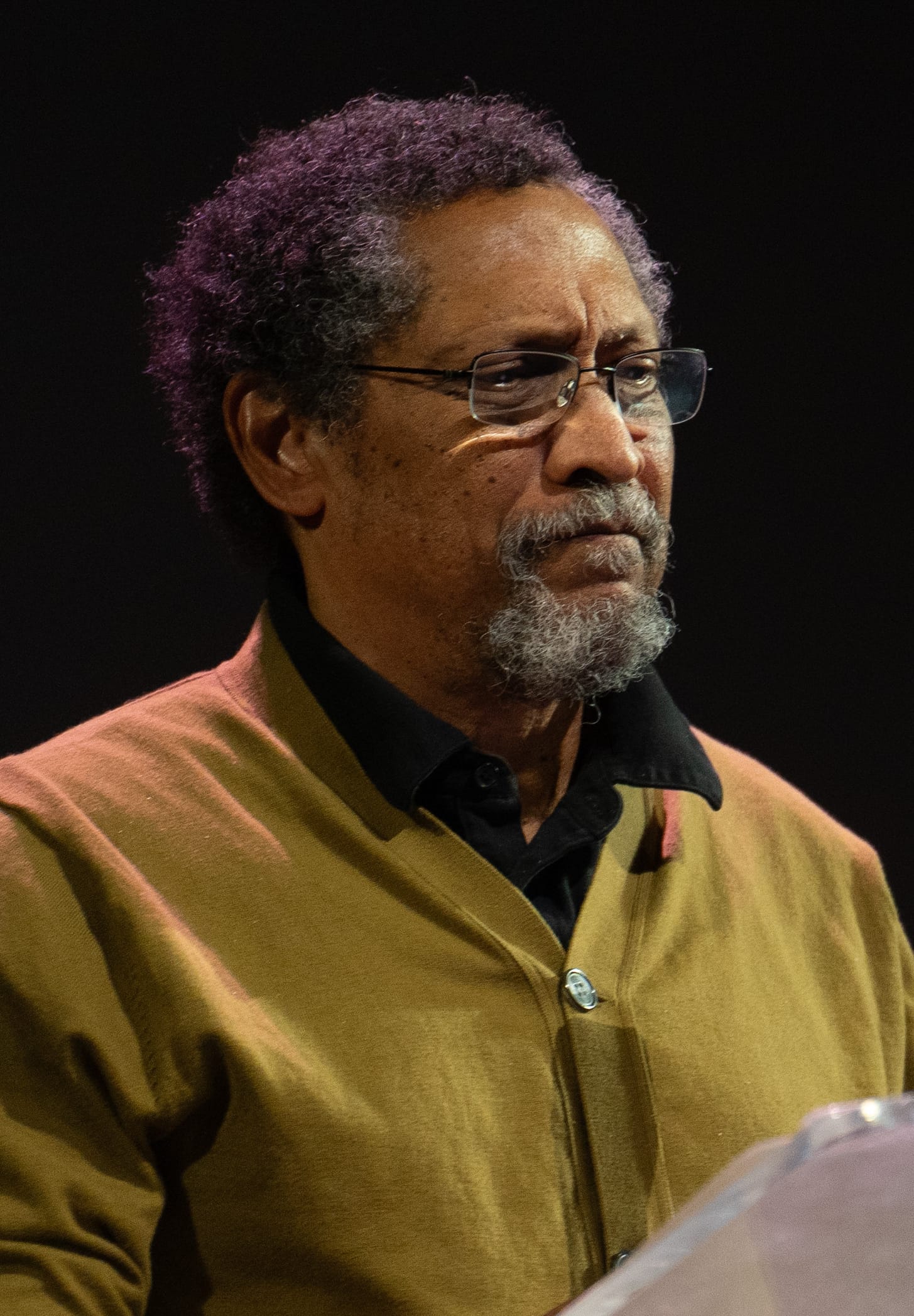
Percival Everett (born December 22, 1956) is a highly acclaimed American novelist, short story writer, poet, and Distinguished Professor of English at the University of Southern California. Known for his prolific output—over thirty books spanning fiction, poetry, and even children's literature—Everett is celebrated for his genre-defying works, sharp satire, and philosophical explorations of race, identity, and the limits of language in American society.
Early Life and Education
Everett was born at Fort Gordon (now Fort Eisenhower), Georgia, and grew up in Columbia, South Carolina, in a family of medical professionals; his father was a dentist. He earned a BA from the University of Miami and an MA in fiction from Brown University, where he was influenced by postmodern writers and developed his interest in metafiction and the philosophy of language.
Literary Career
Everett’s writing is marked by its diversity of style and subject matter. He has written westerns, crime novels, philosophical fiction, retellings of myth, and biting satires. His works often subvert literary conventions and challenge the publishing industry's expectations of African American writers.
Notable Works:
- Erasure (2001): A satirical novel about an African American writer who, frustrated by the industry's pigeonholing, writes a parody of "ghetto fiction" that becomes a runaway success. The book critiques both publishing and cultural stereotypes. Erasure was adapted into the Oscar-nominated film American Fiction (2023).
- I Am Not Sidney Poitier (2009): A metafictional exploration of race and identity, following a protagonist named Not Sidney Poitier as he navigates absurd situations across America.
- The Trees (2021): A darkly satirical novel addressing the legacy of lynching in America; it was shortlisted for the Booker Prize and won the Anisfield-Wolf Book Award.
- James (2024): A retelling of Adventures of Huckleberry Finn from the perspective of Jim, here renamed James. The novel won the National Book Award for Fiction and the Pulitzer Prize for Fiction, cementing Everett’s place in the literary mainstream.
Other notable works include God’s Country, Frenzy, Glyph, Grand Canyon, Inc., Assumption, Telephone (a Pulitzer finalist), and Dr. No.
Style and Themes
Everett is renowned for his satirical wit, experimental narrative structures, and philosophical engagement with language and meaning. His books frequently interrogate American cultural myths, racial identity, and the absurdities of societal norms. He is known for refusing to repeat himself, constantly shifting genres and styles, which has both challenged and delighted critics and readers.

Awards and Recognition
Everett’s work has received numerous honors, including
- Pulitzer Prize for Fiction (2025, for James)
- National Book Award for Fiction (2024, for James)
- Hurston/Wright Legacy Award (for Erasure)
- Windham-Campbell Prize for Fiction (2023)
- PEN/Jean Stein Book Award
- Anisfield-Wolf Book Award (for The Trees)
Despite decades of critical acclaim, Everett was long considered a "cult" writer in the U.S. His mainstream recognition surged with the success of James and the film adaptation of Erasure.
Personal Life
Everett lives in Los Angeles with his wife, novelist Danzy Senna, and their two children. Beyond writing, he is passionate about horse training, fly-fishing, woodworking, jazz guitar, and visual art.
Legacy
Percival Everett is widely regarded as one of the most innovative and adventurous contemporary American writers. His works challenge the boundaries of genre and the assumptions of the literary canon, offering incisive commentary on race, identity, and the act of storytelling itself.

These quotations capture this book's profound meessages on race, language, and the struggle for selfhood and justice. Everett’s James uses the voice of Jim to question the narratives imposed by others and assert his own agency in a world determined to deny it. The novel is rich with incisive, poignant, and subversive quotations that explore themes of freedom, identity, language, and resistance. Here are some of the most notable quotations from the novel:
On the Power of Reading and Language
“At that moment the power of reading made itself clear and real to me. If I could see the words, then no one could control them or what I got from them. They couldn’t even know if I was merely seeing them or reading them, sounding them out or comprehending them. It was a completely private affair and completely free and, therefore, completely subversive.”
On Identity and Agency
“I can tell you that I am a man who is cognizant of his world, a man who has a family, who loves a family, who has been torn from his family, a man who can read and write, a man who will not let his story be self-related, but self-written.”
On Slavery and Freedom
“We're slaves. We're not anywhere. Free person, he can be where he wants to be. The only place we can ever be is in slavery.”
On Justice and Injustice
“I hated the world that wouldn’t let me apply justice without the certain retaliation of injustice.”
On Religion and Oppression
“There is no God, child. There’s religion but there’s no God of theirs. Their religion tells that we will get our reward in the end. However, it apparently doesn’t say anything about their punishment. But when we’re around them, we believe in God. Oh, Lawdy Lawd, we’s be believin’. Religion is just a controlling tool they employ and adhere to when convenient.”
On Truth and Lies
“Folks be funny lak dat. Dey takes the lies dey want and throws away the truths dat scares ’em.”
On the Subversiveness of Knowledge
“But my interest is in how these marks that I am scratching on this page can mean anything at all. If they can have meaning, then life can have meaning, then I can have meaning.”
On Survival and White Guilt
“I considered the northern white stance against slavery. How much of the desire to end the institution was fueled by a need to quell and subdue white guilt and pain? Was it just too much to watch? Did it offend Christian sensibilities to live in a society that allowed that practice? I knew that whatever the cause of their war, freeing slaves was an incidental premise and would be an incidental result.”
On Fear and Perception
“I had never seen a white man filled with such fear. The remarkable truth, however, was that it was not the pistol, but my language, the fact that I didn’t conform to his expectations, that I could read, that had so disturbed and frightened him.”
On Anger and Resistance
“I did not look away. I wanted to feel the anger. I was befriending my anger, learning not only how to feel it, but perhaps how to use it.”
On Equality and Argument
“How strange a world, how strange an existence, that one’s equal must argue for one’s equality, that one’s equal must hold a station that allows airing of that argument, that one cannot make that argument for oneself, that premises of said argument must be vetted by those equals who do not agree.”
On Self-Definition
“I am a sign. I am your future. I am James.”

James is deeply rooted in the historical realities of the antebellum South, weaving together documented facts about slavery, literacy, and resistance with a powerful fictional narrative. By centering the story on James’s perspective, Everett reclaims the narrative agency denied to so many in history, using both historical fact and literary imagination to illuminate the lived experience of Black Americans before. Everett’s novel is not just a retelling but a radical re-examination of the antebellum South, the institution of slavery, and the lived experience of Black Americans in the 19th century. Here are the key historical facts and contexts surrounding the novel:

The novel is set in 19th-century Missouri, a slave state before the Civil War, underlining the constant threat of family separation, violence, and the denial of basic human rights that defined the lives of enslaved people. James (Jim) is owned by Miss Watson, and his fear of being sold “down the river” to New Orleans—an allusion to the harsher conditions of Deep South plantations—mirrors the real historical terror enslaved people faced regarding forced separation from their families.
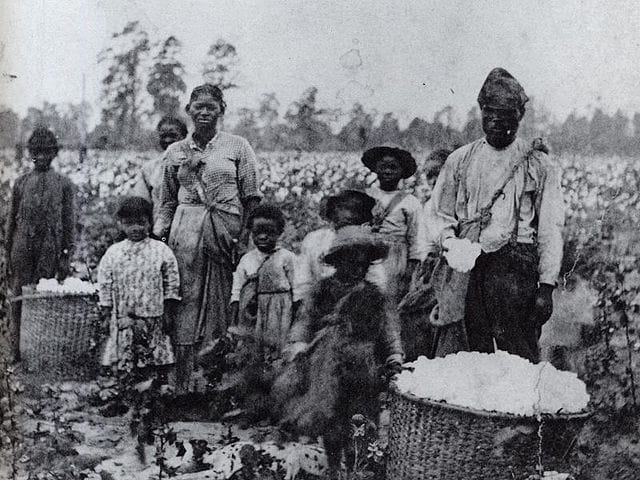
James's journey depicts the economic and social structures of the time, highlighting the brutality, casual violence, and pervasive racism of the era.
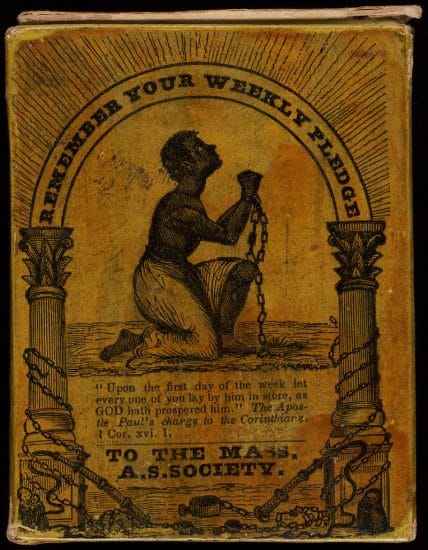
Everett’s James is secretly literate, having taught himself to read and write using Judge Thatcher’s library—an act that was both dangerous and radical for an enslaved person, as literacy was often forbidden and could lead to severe punishment. The novel explores how enslaved people used language as a form of resistance. James and others speak standard English among themselves but switch to “slave talk” around white people, subverting racist assumptions about Black intelligence and agency.

James’s desire to write his own story echoes the tradition of fugitive slave narratives, such as those by Frederick Douglass, which used literacy and narrative as tools for self-liberation and to challenge dominant white narratives.
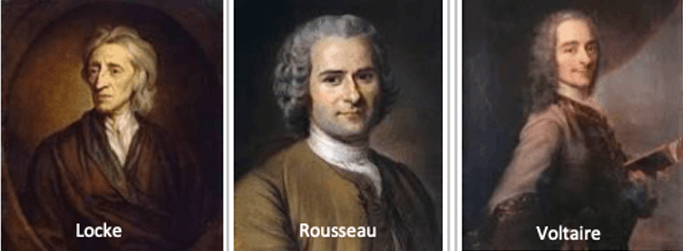
James’s internal life is rich and complex; he debates Enlightenment philosophers like Voltaire, Rousseau, and Locke in his dreams, reflecting on the contradictions between their ideals of liberty and the realities of American slavery.
These philosophical debates underscore the hypocrisy of basing American ideals—life, liberty, and the pursuit of happiness— on the foundation of slavery.
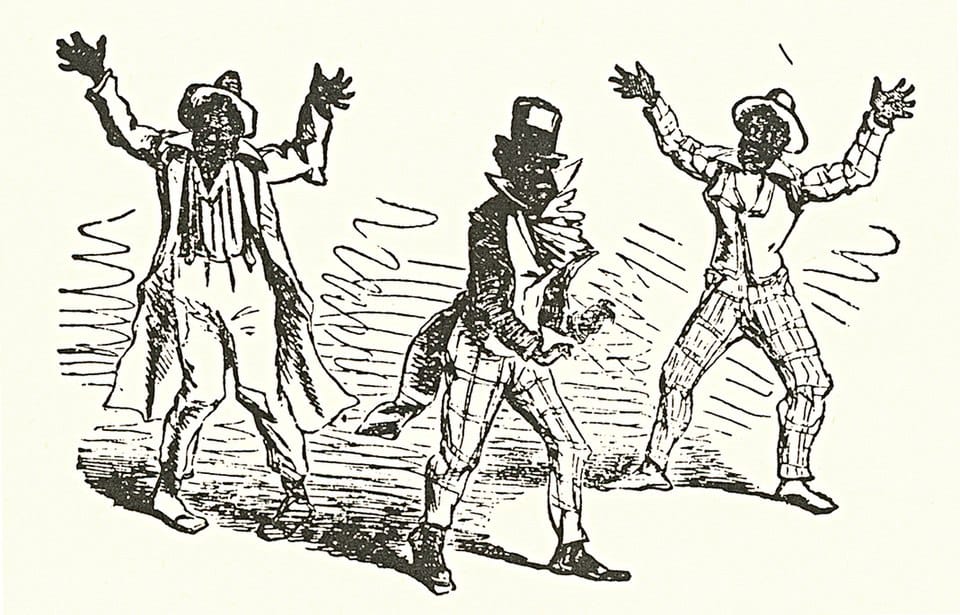
Everett introduces real historical figures, such as Daniel Decatur Emmett, founder of one of the first minstrel troupes in the U.S., who in the novel purchases James for his show. This inclusion underscores the role of minstrelsy in shaping racist stereotypes and the commodification of Black identity. The character Norman, a light-skinned Black man who passes as white, explores the historical phenomenon of “passing” and its psychological toll.
The backdrop of the approaching Civil War is present, but Everett’s narrative emphasizes that for James and many enslaved people, the war’s causes and promises of freedom are distant and uncertain. The war is depicted less as a moral crusade and more as a complex event with ambiguous outcomes for those most affected by slavery.
James is portrayed as fiercely intelligent, resourceful, and determined to reclaim his agency—not just through escape, but through writing and self-definition.
The novel does not shy away from the violence inherent in the pursuit of freedom. James’s journey involves acts of justified violence, uprisings, and difficult moral choices, reflecting the harsh realities of resistance under slavery.


James offers rich thematic material and a vivid Mississippi River setting—perfect for immersive book club decor. Here are creative, thematic decorating ideas to make your meeting special:
Mississippi River & Raft Theme
River Table Runner: Use a blue tablecloth or runner to represent the Mississippi River down the center of your table. Add small toy rafts, canoes, or even DIY paper rafts to evoke Jim and Huck’s journey.
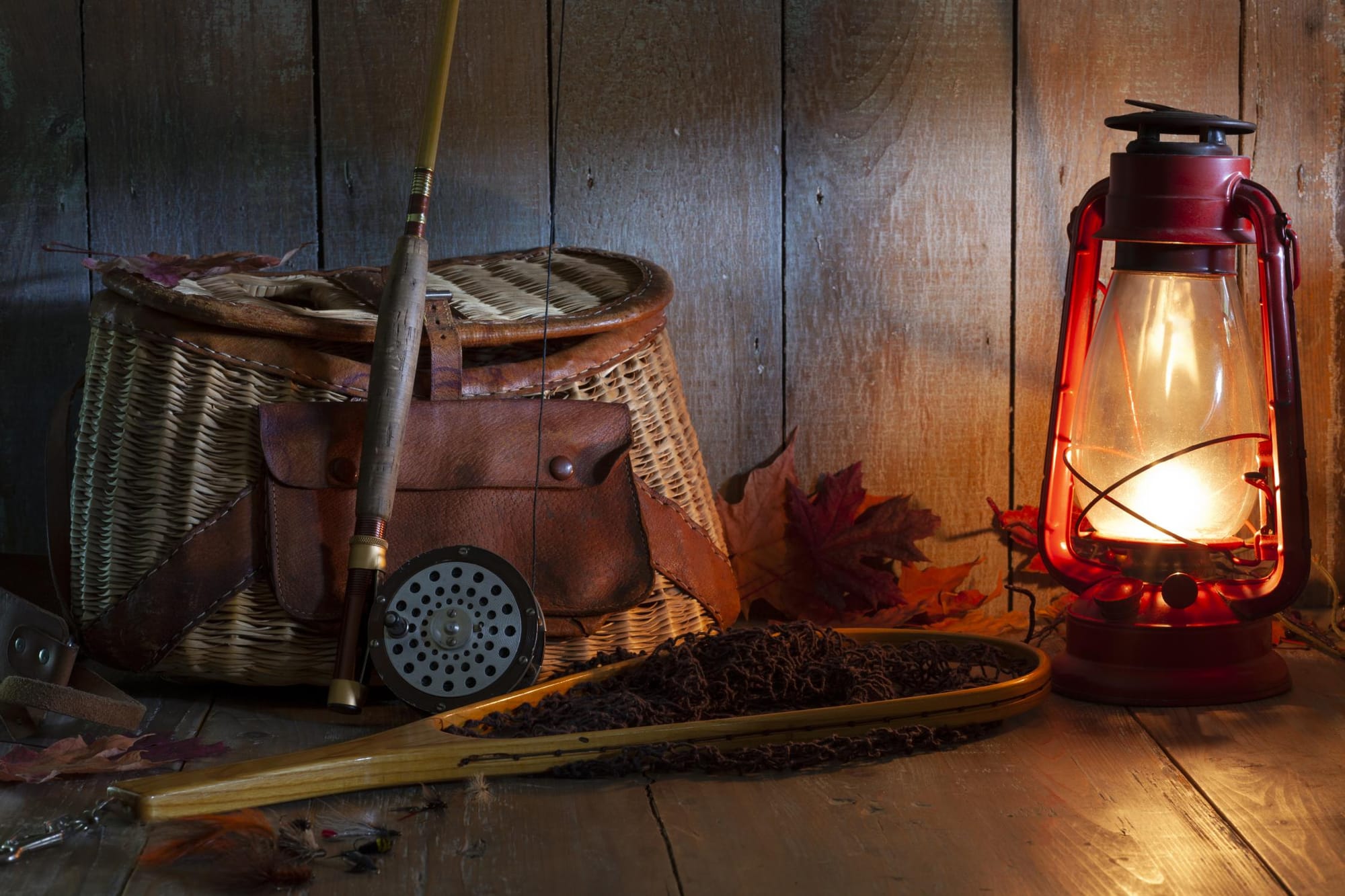
Fishing Motifs: Incorporate fishing nets, bobbers, or small fishing poles as centerpieces. Scatter goldfish crackers or fish-shaped cookies for a playful touch.
Natural Elements: Decorate with river rocks, driftwood, or greenery to mimic the riverbanks and forests along the journey.

Southern & 19th-Century Americana
Mason Jars & Lanterns: Use mason jars as vases for wildflowers or as candle holders. Add lanterns for soft, period-appropriate lighting.

Checkered Linens: Red-and-white or blue-and-white checkered tablecloths and napkins evoke a rustic, picnic feel reminiscent of riverbank meals.
Wooden Crates & Barrels: Stack small wooden crates or barrels to create a rustic display for snacks or drinks.
Literary & Historical Touches
Book Quotes: Print out significant quotes from James and hang them as banners or place them in frames around the room.
Map of the Journey: Create or print a map of the Mississippi River, marking key locations from the story. Use pins or markers to highlight important events.

Themed Food & Drink Display
Southern Snack Table: Arrange your snacks (cornbread, fried catfish bites, mini pecan pies, hush puppies, biscuits with honey butter) on tiered trays with small chalkboard labels.

Lemonade Stand: Set up a classic lemonade station with sliced lemons and mason jar glasses.
Blackberry Cordial: Serve a non-alcoholic blackberry cordial in glass pitchers to nod to Missouri’s wild blackberries.

Activity and Icebreaker Ideas
Book Playlist: Play a curated playlist of songs that evoke the novel’s themes and setting in the background. The playlist and music sources can be found in the Printable Kit.
Name Change Icebreaker Activity: Instructions for this activity are found in the Printable Kit.
"We're in Trouble Now" Icebreaker Activity: Instructions for this icebreaker are found in the Printable Kit.

James invites a menu inspired by the novel’s Southern setting, river journey, and 19th-century flavors. Here are themed menu ideas and snacks to immerse your group in the world of Jim and Huck:

Southern Cornbread
A classic from the American South, cornbread is warm, slightly sweet, and perfect for sharing.
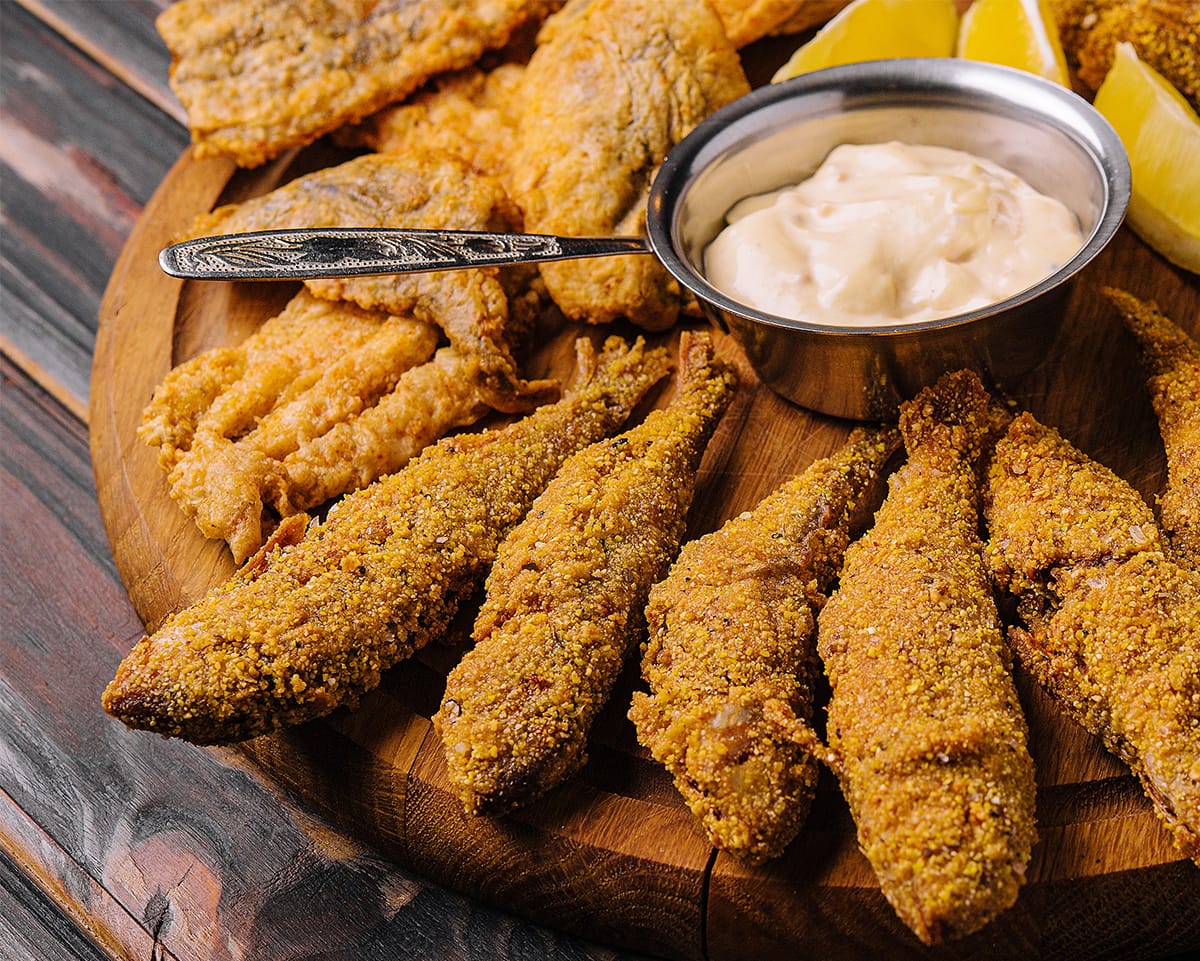
Fried Catfish Bites
Catfish is a staple of Mississippi River cuisine. Serve bite-sized fried catfish for a nod to the fishing scenes in the novel.

Southern Blackberry Cobbler
There is nothing like blackberry cobbler to bring the taste of the South to your book club. To make it even more yummy, top with vanilla ice cream.
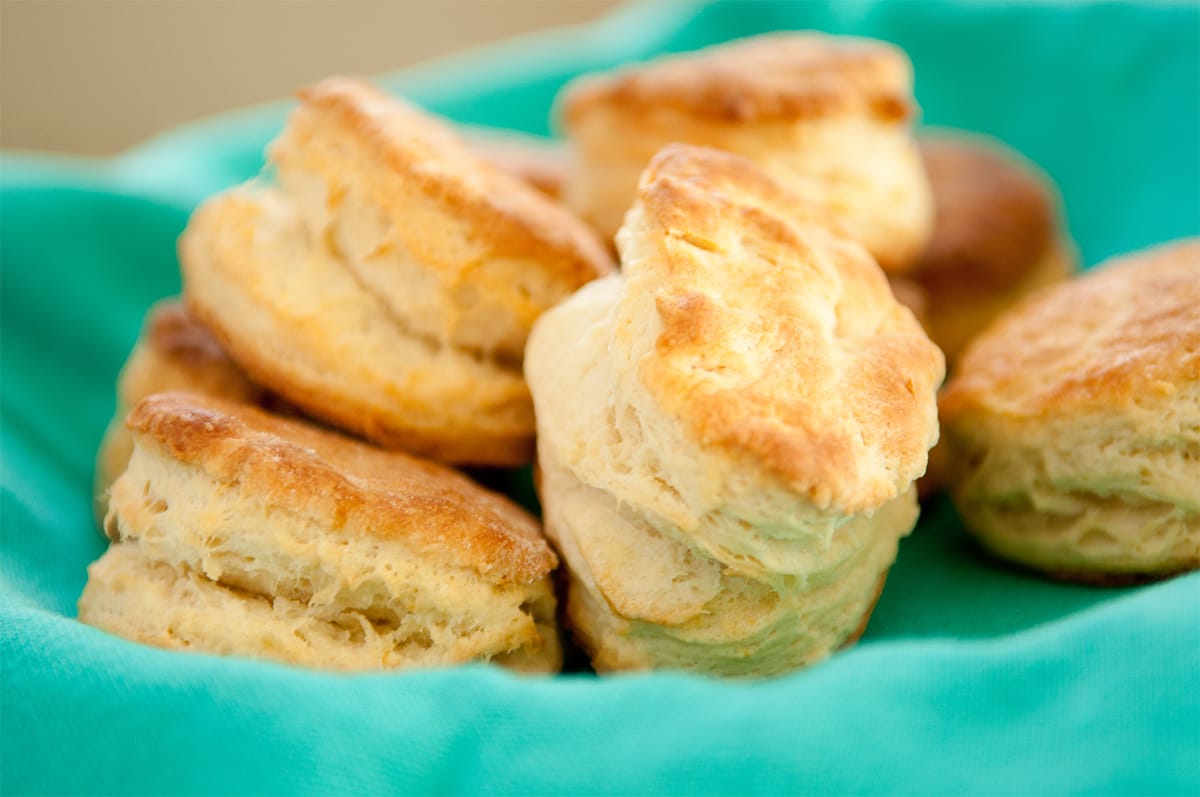
Biscuits with Honey Butter
Fluffy, buttery biscuits are simple, comforting, and easy to prepare ahead of time.
Hush Puppies
Golden-fried cornmeal balls—crunchy outside, soft inside—are a Southern finger food favorite.

Blackberry Cordial (Non-Alcoholic
Missouri, a key setting in the book, is known for wild blackberries. Simmer blackberries with sugar and water for a sweet, non-alcoholic cordial.
Classic Lemonade
This refreshing, traditional drink evokes the spirit of the 19th-century American South. Serve chilled with fresh lemon slices.
Fun, Themed Snacks

Fish-Shaped Cookies or Crackers
Reference the fishing scenes with fish-shaped cookies or popular fish crackers for a playful touch. You can label them as "Catfish Bait."

Gummy Worms
A fun snack, again labeled as "Catfish Bait."
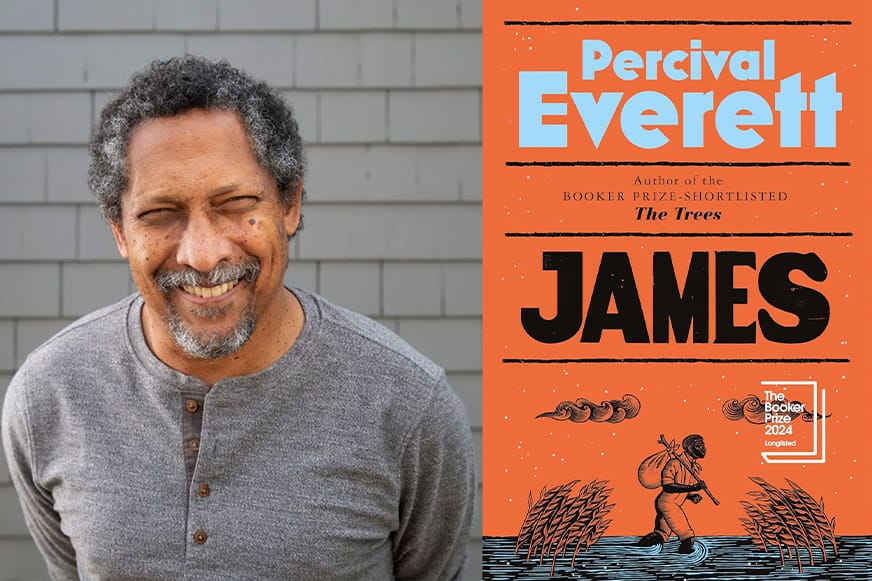
Get Percival Everett Books
This man is one of my favorite writers. He delivers at so many levels.
Bookshop.org was created as a socially conscious alternative to Amazon, with the goal of helping local, independent bookstores thrive. This is why Readers With Wrinkles supports their efforts. Please join us in this effort by purchasing your next read here.
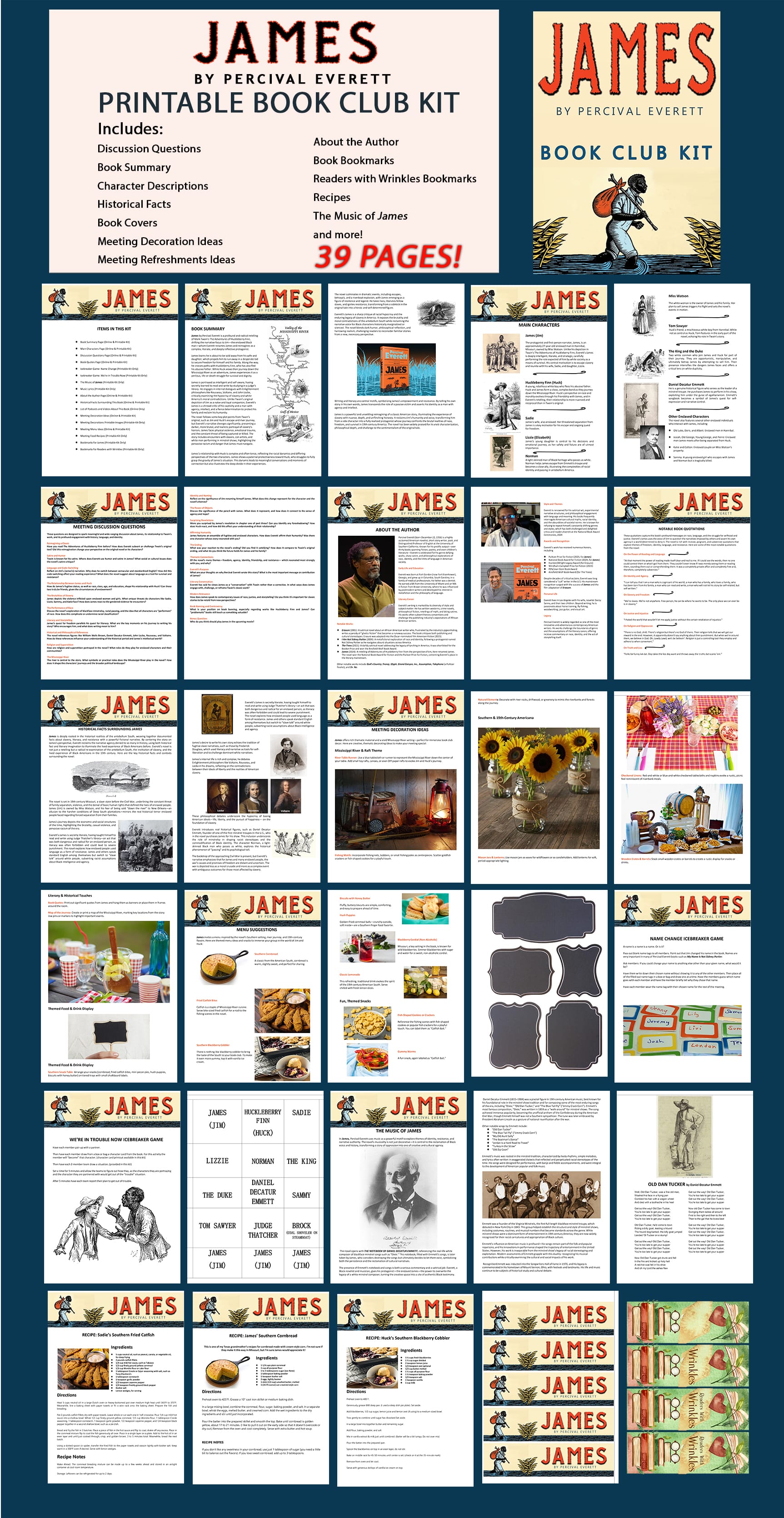
James printable BOOK CLUB KIT
The RWW book club kits provide everything you need to organize a great meeting with insightful discussions. These resources simplify book club preparation with character lists, book quotes, refreshment suggestions, recipes, and carefully prepared book club questions!

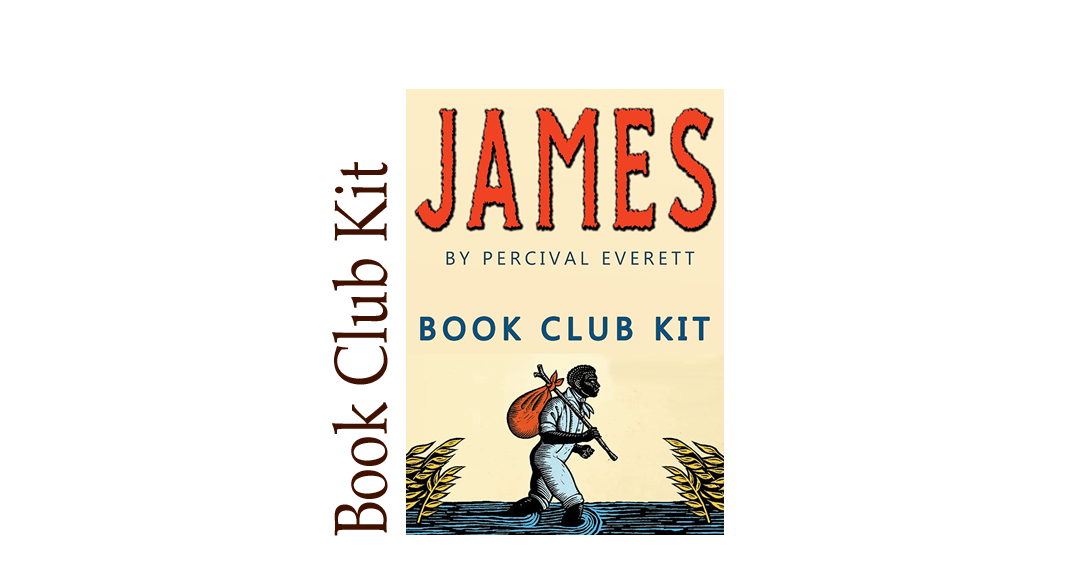
Comments